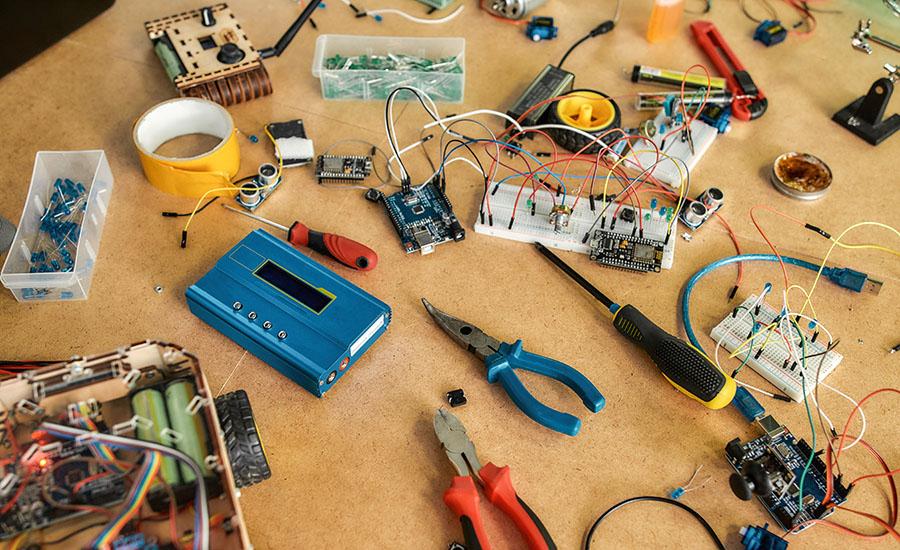
Ball Bounce
by Dexter Nebitsi
Students examine the relationship between a ball's bounce height and its drop height to see a linear relationship. They then calculate the slope of their data to compare "bounciness" with other groups' balls.
Lesson Grade Level
8th GradeLesson Plan Link/URL
https://docs.google.com/presentation/d/1ldw_SrKrmtZ9c6QSzAkQEMGVVkWz9sBa/edit?u…Subject Area
Science Physical Science P4: Energy Transfer Engineering S3: Apply Mathematics to Engineering Mathematics Measurement and Data (MD) Ratio and Proportion (RP) Functions (F)
Featured
Off
Related Content

Grades:
6th Grade, 7th Grade, 8th Grade
Model Building For Disaster is a 4-6 week unit in which students research natural disasters around the world and their effect on developing countries. Following their research, student teams design

Grades:
7th Grade, 8th Grade, 9th Grade, 10th Grade, 11th Grade, 12th Grade
This is an introduction to exoplanets and their discovery. In the hands-on activity, students make a lightcurve for an exoplanet transit using data from the DIY MicroObservatory Telescope Network.

Grades:
7th Grade, 8th Grade
Students think about dipping a cube in paint, then count the amount of faces that are painted (either 1, 2, 3, or none) they then make a table with the data and are asked to find any patterns they may